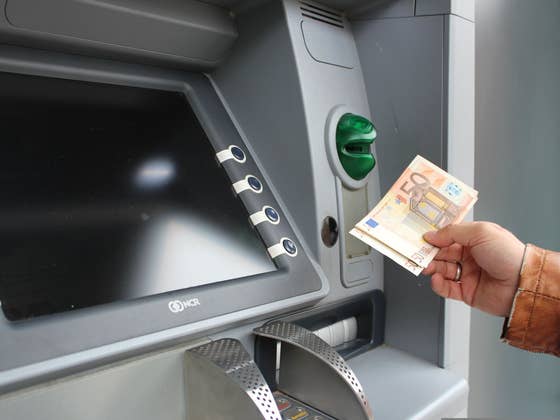A society that hardly ever pays in cash can quickly become vulnerable. Sweden is a good example. The country has perfected card payments to such an extent that a large proportion of stores no longer accept cash at all. Card payments, whether made with a physical card or a smartphone, are processed online. A widespread internet outage would therefore come at a significantly higher cost than just the inconvenience. Without an internet connection, people would not even be able to purchase essential goods such as food, fuel, or medicine.
Against the backdrop of increasing cyber attacks, this is more than just a theoretical risk. The answer from the Riksbank, Sweden’s national bank, is offline payment by card and PIN. By mid-2026 at the latest, payment terminals will cache transactions in an encrypted form and synchronize them once the connection has been restored—initially for essential goods. The aim is to ensure solvency in crises without reversing the trend toward digital.
Sweden: No Farewell to Digital
At the same time, the approach promises more security than the “card plus signature” system that was once widespread in places like Germany. This system also worked offline, but relied heavily on blacklists of stolen or blocked cards.
This project is thus less of a step back and more of a reality check. Sweden is not questioning the move away from cash, but rather the technical dependency behind it. The Riksbank wants to control and monitor its implementation, and after a successful launch, expand other payment methods to include offline functions.
But what about the rest of the world? Cash is much more commonplace elsewhere, but the global trend is clear: branch networks are being consolidated, and some banks are already discontinuing cash withdrawals in branches and even at ATMs. At the same time, Nordic countries are already thinking in international terms and working on joint backup solutions in the event of a crisis. Sweden’s move demonstrates that a cashless future can only be successful with robust fallbacks. If you want to make digital payments, you need resilience—not just apps.



0 comments